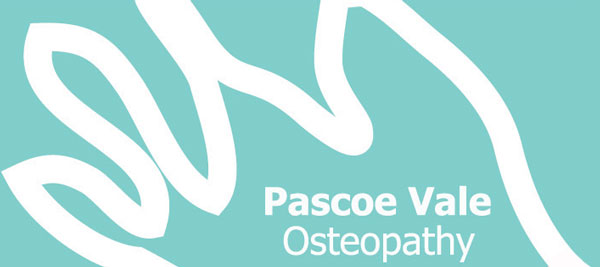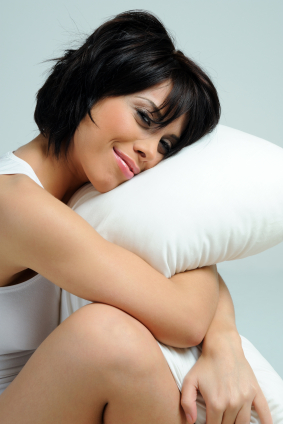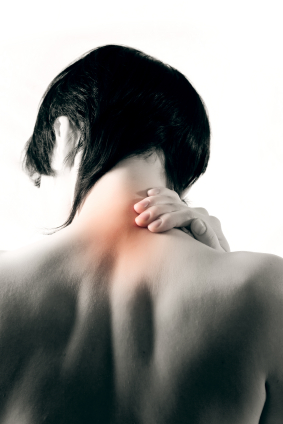Core Strength – why it’s important and how to get it!
Written by Dr. David Howard – B.Sc. (Clinical Sci.), M.H.Sc. (Osteopathy), B.App.Sc (Human Movement) from Pascoe Vale Osteopathy located in Pascoe Vale, Melbourne, Victoria, Australia.
Although we all love the idea of having a 6 pack and a flat stomach, doing lots of stomach crunches isn’t the key to strengthening the mid section – focusing on the core is! Not only does having a strong core act like a corset tightening the midsection, it is also vital in preventing lower back pain and injury. Strong core muscles are your own internal back brace when lifting or going about your everyday activities. This type of exercise also trains you to be more conscious of your posture which further helps in preventing injury.
The Muscles
The function of the core muscles is to stabilise movement of the lumbar spine and pelvis before and during any movement. There are two types of muscle fibres in the body – fast and slow twitch fibres. Fast twitch fibres can be found in muscles like the biceps whose function predominantly involves short, fast and strong contractions (i.e. when lifting something). Slow twitch fibres are your postural muscles like those of the core, whose function is to contract softly yet over a long period of time. The exercises therefore to strengthen the core are slow and controlled and initially require a lot of concentration to do correctly.
The key muscles of the core are the Transversus Abdominus, Multifidus, Internal Oblique and the pelvic floor. When all of these muscles contract together, they produce pressure within the abdomen which stabilises the lumbar spine. This core ‘protective system’ is very intelligent – as you think of performing a movement, the muscles contract ready for when you do the movement.
Since these muscles have a postural and stabilising function, they need to be strengthened when your spine and pelvis is in the correct alignment. These muscles don’t need great strength but instead need endurance. The key to training the core is doing it regularly, carefully and correctly.

 supporting your neck correctly.
supporting your neck correctly. whether it be at work or at home. Poor desk set up and poor sitting posture are huge contributing factors to the many and varied symptoms of a large percentage of my patients.
whether it be at work or at home. Poor desk set up and poor sitting posture are huge contributing factors to the many and varied symptoms of a large percentage of my patients.